CBCT (cone-beam computerized tomography) evaluation of the nasolabial soft tissue effects of Le Fort I maxillary osteotomy
llistat de metadades
Author
Director
Hernández Alfaro, Federico
Guijarro Martínez, Raquel
Haas Jr, Or
Tutor
Haas Jr, Orion Luiz
Date of defense
2019-09-13
Pages
100 p.
Department/Institute
Universitat Internacional de Catalunya. Departament d'Odontologia
Abstract
The aim of this study is to verify the soft tissues changes in the nasolabial area after Le Fort I osteotomy using a cone-beam computed tomography (CBCT) evaluation of three- dimensional (3D) volume surfaces in preoperative, early postoperative (1 month) and late postoperative (1 year) periods. Many authors have described the undesired soft tissue changes following the Le Fort I osteotomy, as well as many different techniques to prevent and control these changes. However, few studies have attempted to perform a 3D analysis of the nasolabial complex. The subsequent lack of standardized measuring method hinder the performance of comparisons among studies. By doing a systematic review of the literature in this topic, our objective is to list the main adverse effects associated to Le Fort I osteotomy and to list the most effective available techniques of alar dimension control. A specific technique of alar cinch suture will be described and further analyzed whether it is effective or not in controlling alar base widening. To this effect, a clinical retrospective research will be performed in 80 patients who have undergone a Le Fort I osteotomy and received the aforementioned alar cinch suture technique. All patients were operated by the same surgeon (FHA) at Instituto Maxilofacial – Teknon Medical Center - Barcelona. All the data regarding the selected patients will be anonymized, analyzed and measured by the same observer (APSG) and supervised by the same investigator (RGM). The CBCT volumes of these patients will be superimposed and measured in three different periods of treatment using the Dolphin® Orthognathic Surgery Planning software. A specific protocol to superimpose the 3D images using the Voxel Based Registration (VBR) is going to be developed and validated. At the Instituto Maxilofacial, CBCT acquisition is part of the routine diagnostic protocol of every patient undergoing orthognathic procedures. The study can be performed without modifications in this protocol.
Keywords
Le Fort I osteotomy; Alar Cinch Suture; Orthognathic Surgery; 3D evaluation; CBCT evaluation; Nasolabial soft tissues; Twist technique
Subjects
616.3 - Pathology of the digestive system. Complaints of the alimentary canal



